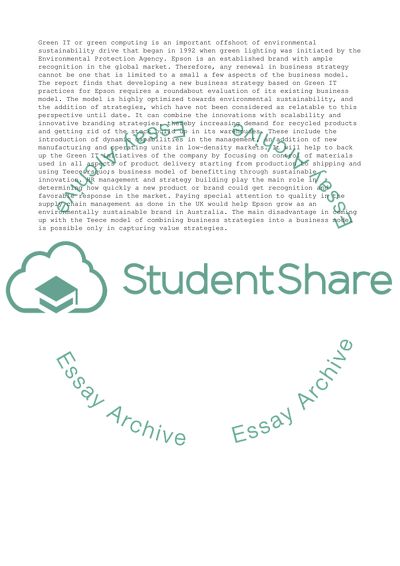Cite this document
(Green It and Business Strategization for Epson Australia Essay - 9, n.d.)
Green It and Business Strategization for Epson Australia Essay - 9. Retrieved from https://studentshare.org/business/1849749-editing
Green It and Business Strategization for Epson Australia Essay - 9. Retrieved from https://studentshare.org/business/1849749-editing
(Green It and Business Strategization for Epson Australia Essay - 9)
Green It and Business Strategization for Epson Australia Essay - 9. https://studentshare.org/business/1849749-editing.
Green It and Business Strategization for Epson Australia Essay - 9. https://studentshare.org/business/1849749-editing.
“Green It and Business Strategization for Epson Australia Essay - 9”, n.d. https://studentshare.org/business/1849749-editing.


